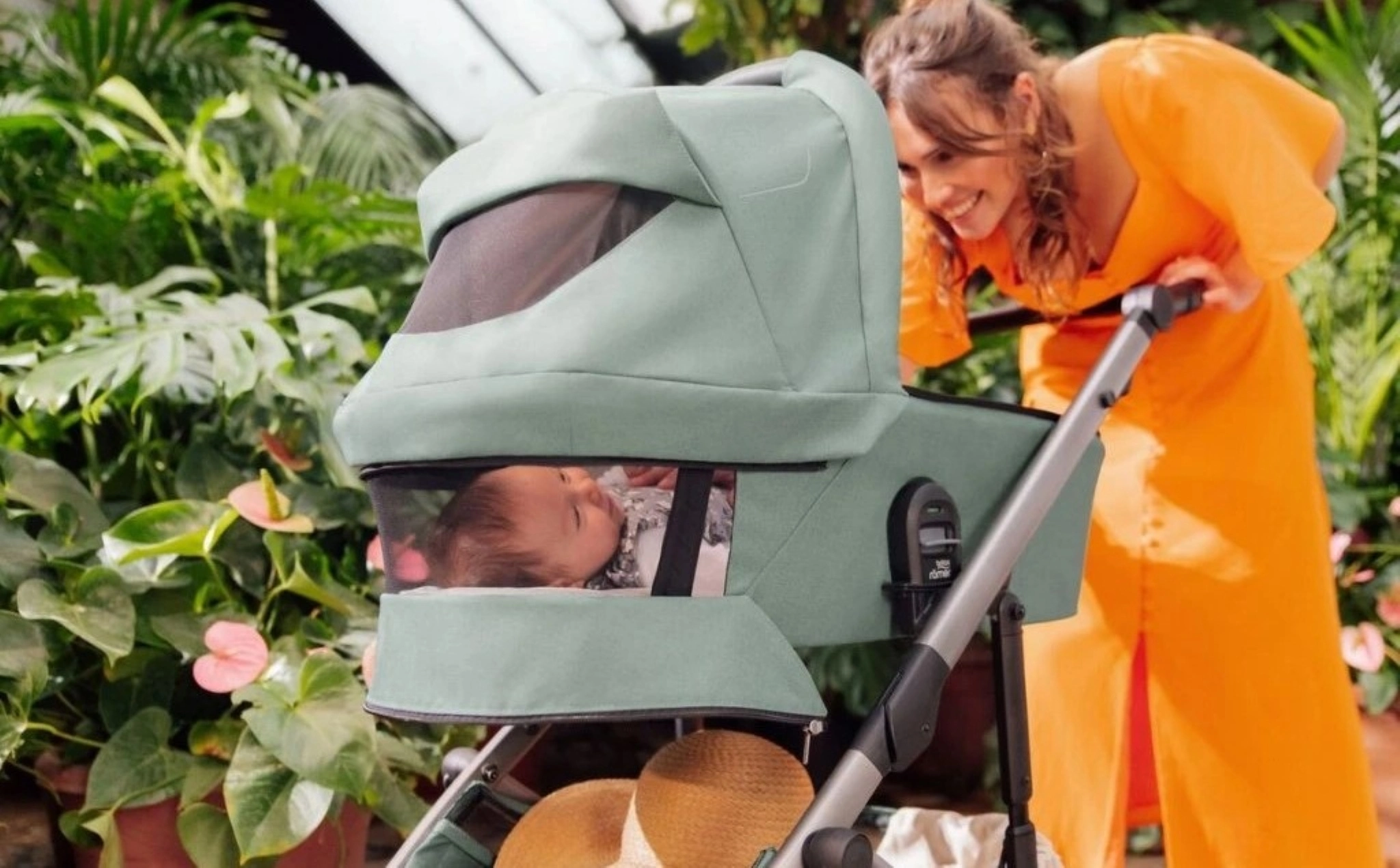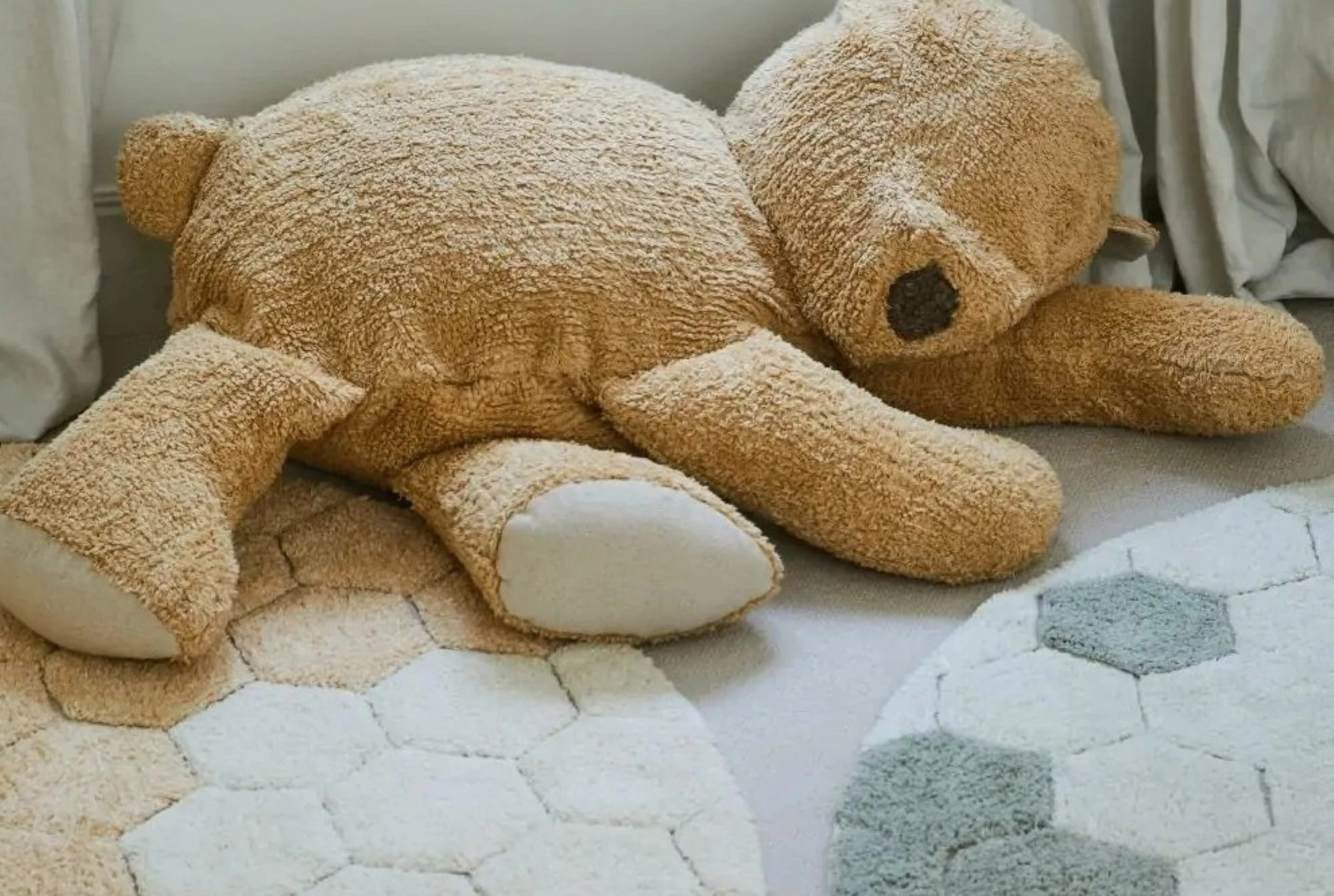How to Avoid the Most Common Toy-Buying Mistakes Parents Make

A toy is not merely an object of amusement; it is a child’s first mentor, the tool through which they begin exploring the world. Yet even the most attentive and loving parents often make one common mistake: they get captivated by a toy’s appearance and overlook critical questions — Is this toy appropriate for my child’s age? Does it match their developmental stage, interests, and needs?
At Labebe Boutique, parents frequently ask us: “How do I choose a toy that not only entertains but truly supports my child’s growth?”
In this article, we highlight the most frequent mistakes made when choosing toys — and offer insights into how to avoid toys that fail to spark interest, stifle imagination, or, in some cases, hinder a child’s development.
Mistake #1: Choosing Toys That Are Not Age-Appropriate
Parents naturally want to see their child thrive. But in the rush to accelerate development, they may opt for toys that are too advanced — like brain training games, noisy electronic devices, or games with small, intricate pieces. The result? The child may feel overwhelmed, lose interest, or withdraw from play altogether.
How to avoid this:
Pay attention to both the manufacturer’s age recommendations and your child’s current abilities. For example:
- 0–6 months: sensory books, soft dolls with varied textures;
- 6–12 months: soft toys, musical items that respond to touch;
- 12+ months: wooden blocks, shape sorters, and rolling toys.
This gradual progression ensures the child stays engaged while developing at their own pace.
Mistake #2: Prioritizing Bright Colors and Loud Sounds
There’s a common assumption that louder, flashier toys are more stimulating. In reality, excessive sound and light often replace meaningful engagement. A toy may seem exciting at first but offer little value in terms of developmental benefits.
How to avoid this:
Ask yourself: Does this toy encourage problem-solving? Does it inspire creativity or promote independent play? At Labebe, we recommend toys that appeal to the senses without overwhelming them — such as fabric dolls, sensory play mats, and interactive cloth books. These toys foster imagination and support deeper cognitive development.
Mistake #3: Overlooking Safety
It’s easy to be drawn to toys based on their design or features — but safety should always come first. Toys made with toxic materials, sharp edges, or small detachable parts can pose serious risks, especially for younger children.
How to avoid this:
Always choose toys that meet internationally recognized safety standards. At Labebe Boutique, we exclusively work with trusted brands that comply with strict European safety regulations. For instance, handmade products from Lorena Canals — including handcrafted rugs and sensory books — are crafted from certified organic cotton and are entirely free from harmful substances.
Mistake #4: Ignoring the Child’s Unique Interests
Sometimes parents project their own preferences onto their children, purchasing toys they personally like or find appealing. But if the child isn’t naturally drawn to it, the toy may end up forgotten — or worse, become a source of resistance or frustration.
How to avoid this:
Pay attention to your child’s natural inclinations. Do they gravitate toward movement, music, tactile experiences, or storytelling? Invite them into the selection process: offer a few options, observe their reactions, and involve them in the decision. A soft cushion, a musical plush, or a tactile book can often become a child’s most treasured companion — if it resonates with their world.
Developmental toys are a child’s first vocabulary for engaging with the world. Through them, children begin to understand themselves, others, and the dynamics of everyday life.
It’s not the price tag or visual appeal that matters most — but the toy’s ability to connect with the child in a meaningful way. That’s the true art of choosing the right toy.


